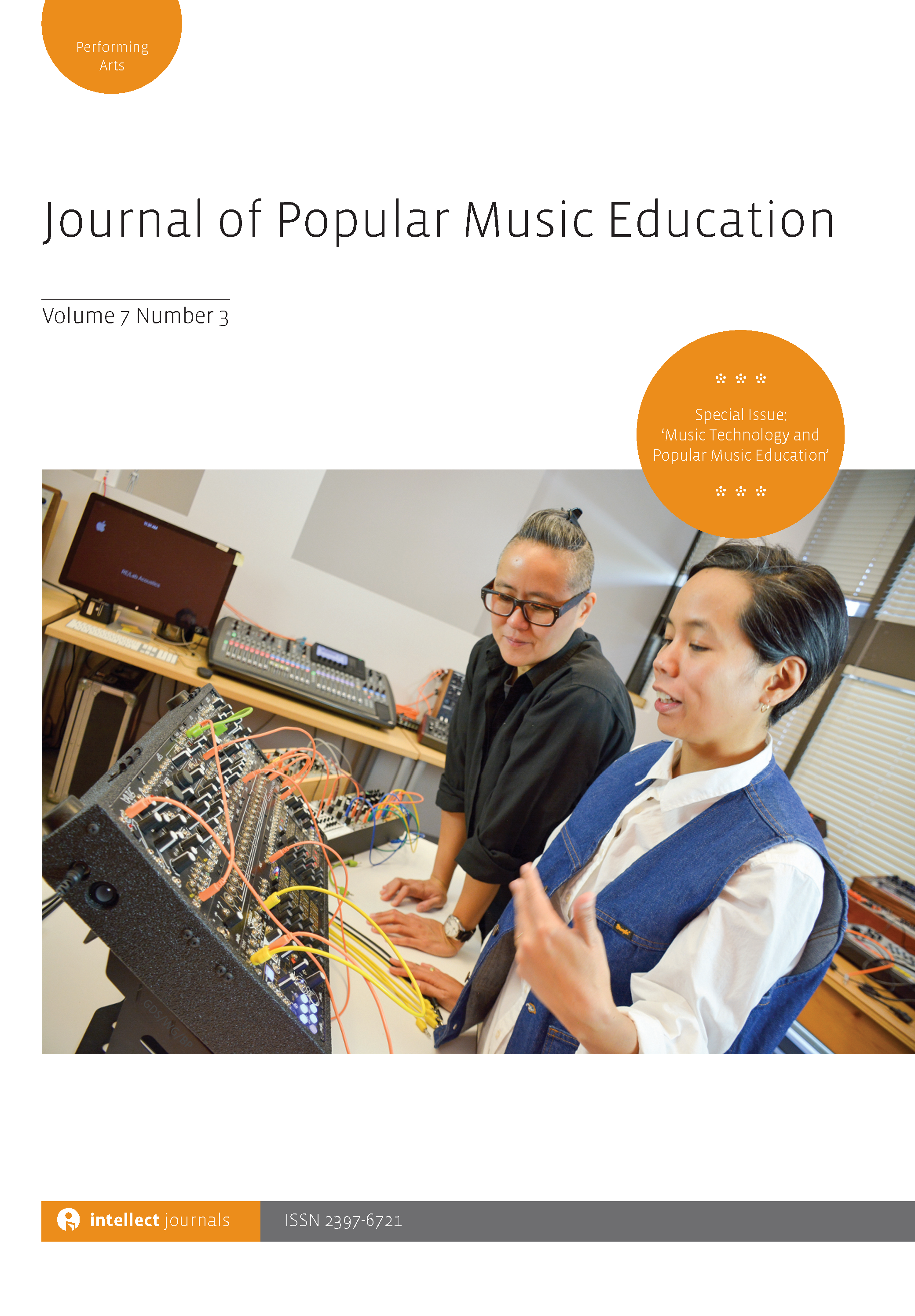
Full text loading...

Despite many current popular music styles originating in the United States, there has typically been a lack of inclusion of popular music in school-based music education contexts in the United States. In recent years, however, the incorporation of popular musics has become more commonplace with the propagation of modern band programmes and initiatives designed to diversify the genres of music included in school music. With the increased presence of popular music education (PME) in US schools, it is timely to further examine the history of popular music in school music programmes as well as the social conditions and educational rationales that led to the emergence of PME in US school music programmes. This article combines existing research on the history of PME into one document while adding further research and descriptions of important events in the history of PME in the United States not yet in print.

Article metrics loading...

Full text loading...
References


Publication Date:
https://doi.org/10.1386/jpme_00079_1 Published content will be available immediately after check-out or when it is released in case of a pre-order. Please make sure to be logged in to see all available purchase options.